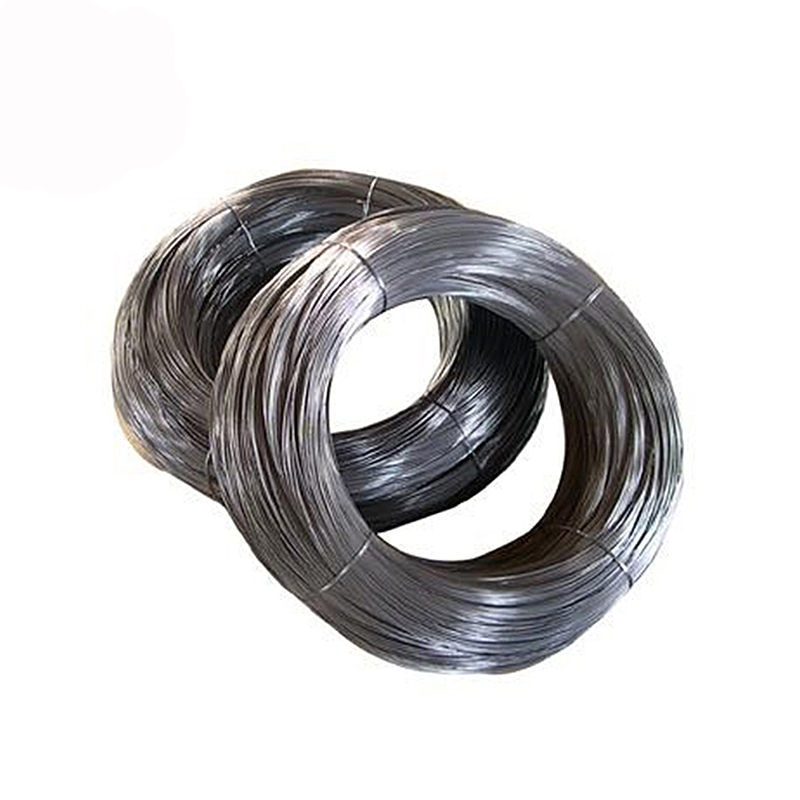With its ability for binding and securing, Tie Wire, also referred to as Annealed Wire, is a master of versatility. It is produced through a fine-tuned process of working the wire through increasingly small dies, thus resulting in its scientifically-designed softness – an attribute that is ideal for numerous applications.
Rather than using conventional measurement units such as inches or millimeters, the thickness of tie wire is measured using the American Wire Gauge (AWG), which is composed of several different grades. The most commonly stocked gauges are 16, 18, and 20, wherein a lower number correlates to a larger diameter.
When it comes to selecting a wire gauge, it all depends on the project. For example, if there is a need for a slender shape when fastening materials, like in stucco building, a thinner gauge can be used such as 16 or 18. On the other hand, if you are attaching wire mesh to posts which requires a sturdier shape, a thicker gauge (like 20) may be needed.
Tying it all together, there are a few metals to keep in mind when shopping for tie wire. While galvanized steel wire features an extra protective layer of zinc, aluminum is an ideal option to pick if weight is a priority, perfect for applications in aviation. Beyond that, both types of tie wire are outfitted with corrosion-resisting treatments to ward off rust.
Pre-stretched coils of tie wire can be found, as well as shorter snippets usually cut in two separate lengths, either 2 or 4 feet in length.
Related Product

Reel Wire Tool
Product information: Specification of Aluminum Tie Wire Reel Material Plastic & Aluminum Weight 1.95LBS Application Binding Wire MOQ 1000pcs Sample Free Package 5PCS/CARTON &nb […]

Twister Tool
Handle Twister tool,plastic handle: Weight: 0.4kg Color: Black, blue,yellow ,red etc Material: Carbon Steel Plastic Handle Wire Tie / Tying Hook Tool Twister Wooden Handle […]

U Type Wire
Product information: Product Name Scaffolding Packing Galvanized Tie Wire Cuttings U Type Binding Wire Material Electro galvanized,hot dipped galvanized,black annealed,PVC coated W […]

PVC Coated Wire
PVC coated wire, also called plastic coated wire, after high temperature dissolution cooled solid PVC particles uniformly wrapped in high-quality black iron wire and galvanized wi […]

Garden Wire
Product information: The garden shingling is made of pvc plastic and high-quality galvanized iron wire, which is 3 to 4 times faster than any material, and the buckle is loose, the […]

Tie Wire
Production Process of rebar tie wire : Steel rod coil — Wire Drawing — Wire Annealing–Rust Removing–Acid Washing– Boiling– Drying– Zinc Feeding– Wire Coiling. Wires Type 1.Galvaniz […]

Galvanized Wire
Product information: Product Name Galvanized Wire Package 5kgs/roll, pp film inside and hassian cloth outside or pp woven bag outside 25kgs/roll, pp film inside and hassian […]

Double Loop Tie Wire
Double loop tie wire material Product Information: Wire diam. 0.5mm—2.0mm Finishes Black Annealed. Galvanized Annealed, Coppered, PVC coated, Stainless steel Wire gauge BWG6 […]

Black Annealed Wire
Product Description: Product name Black Annealed Wire MOQ: No Material Q195,Q235 Delivery time: 20days after payment Surface annealed or as your request Payment terms: T/T,L/C We […]
Post time: 2023-06-26
